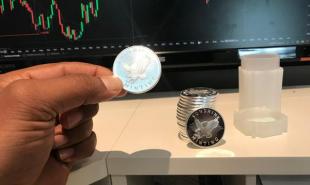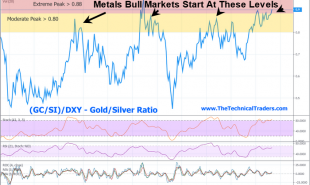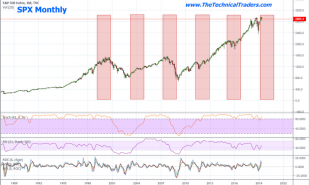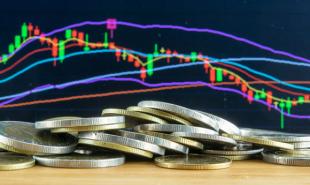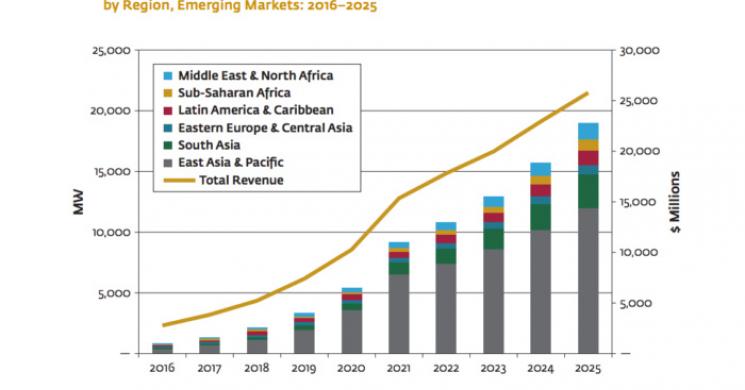
Mara Strazdins, B.Sc., December 28, 2017
Worldwide Renewable Energy Requirements
In today’s world, approximately 1.2 billion people (about 16% of the global population) live without electricity, and about 2.7 billion people (38% of the global population) are without clean cooking facilities according to The 2017 Edition of the REN21 Renewables Global Status Report, thus increasing the demand for additional mini-grid and standalone energy systems in developing countries (REN2017). In more developed parts of the world where the supply of primary energy is readily attainable, the issues revolve more around capturing excess renewable energy produced predominately by solar and wind farms. It’s no wonder the world is investing in clean energy solutions that include increased renewable energy capacity with the view that economic growth can be decoupled from environmental impacts. Large scale energy storage solutions are a critical part of global energy policies to capture excess power. Vanadium redox flow batteries offer one economical solution - as wind and solar farms don’t have an off and on switch, vanadium based energy storage solutions come into play to capture any surplus power generated by these new installments.
Dean Frankel, Lux Research Associate and the lead author of the report titled, "Flow Battery Cost Reduction: Exploring Strategies to Improve Market Adoption" notes that large-scale stationary energy is key to a smarter power grid for integration of intermittent renewables. The energy storage market is big with lower-cost flow batteries expected to create a $190 million energy storage market in 2020 led by vanadium-based systems gaining the most commercial traction. The vanadium redox flow battery is the most mature technology, and accounts for 75 MWh of deployed systems.
The renewable energy market is expanding rapidly worldwide. While the majority of developed country governments are investing into renewable energy, most new large renewable energy developments are taking place in developing countries such as China, India and Brazil. With 48 developing countries now committed to 100% renewable energy goals and with renewable energy emerging as the least costly option, total global renewable energy capacity in developing countries has the potential to increase further.
China has been the single largest developer of new renewable power and heat for the past eight years according to the Highlights of the REN21 Renewables 2017 Global Status Report (REN21). India is a prime example of the new solar energy revolution with Bangladesh having the largest solar home system market (REN21). In Africa, Morocco is leading the way to be the new green superpower with Africa’s Largest Wind Farm in Tarfaya, generating enough power for 1.5 million homes. Built within two years and opened in 2015, the plant in Tarfaya has the capacity for 300 MW. While The World Bank reported that 97 percent of Morocco’s energy came from imported fossil fuel in 2015, this is all beginning to change. Morocco is targeting 42 percent of all energy to come from renewable sources by 2020, and 52 percent by 2030. A study conducted this year by Stanford University showed that Morocco had the potential to run only on green energy by 2050, and that this would create more than 88,000 jobs and give USD 3.5 billion to the Moroccan economy.
Energy Storage Trends and Vanadium-based Batteries
Over the next eight to nine years, energy storage capacity in developing countries is expected to skyrocket from 2 gigawatts (GW) today to more than 80GW, according to a new report by the World Bank Group.
The report, "Energy Storage Trends and Opportunities in Emerging Markets," indicates the annual growth in energy storage capacity will exceed 40% each year over the next decade.
Navigant Research
The study, commissioned by the International Finance Corporation (IFC) and the World Bank-administered Energy Sector Management Assistance Program (ESMAP), indicated the largest energy storage markets are expected to be China and India.
"Energy storage will play a crucial role in helping to meet demand for low-carbon electricity in developing nations," the report said. "By 2020, these countries will need to double their electricity generation, according to the International Energy Agency (IEA), and by 2035 will account for 80% of the total growth in energy generation and consumption globally."
While li-ion batteries currently dominate the market, a diverse blend of battery technologies is beginning to be deployed. Flow batteries and li-ion batteries work well with intermittent energy sources such as solar panels and wind turbines because of their ability to be idle for long periods without losing a charge. Flow batteries, however, scale up more easily because all that's needed to grow capacity is more liquid; the hardware remains the same, according to Dean Frankel, an associate at Lux Research.
That means flow batteries have the potential to be less expensive than li-ion for large-scale storage. They also last longer, according to Frankel. At full discharge, li-ion batteries last only four hours. To double that length of charge, another complete battery unit must be added.
Lux Research estimates that between now and 2024 there will be a drop in the cost of flow battery systems from $755/kWh currently for a 4-hour battery to $516/kWh by 2024 while for large scale Li-ion systems, costs will drop from $626/kWh currently to $498/kWh in 2025.
According to the United Nations Sustainable Energy for All it is estimated that $45 billion in investments by 2030 will provide universal access to modern electric power with energy storage playing key role in those investments. Energy storage will not only enable better provide a more efficient use of both new and existing resources and at the same time protect communities against natural disasters and other threats.
As world energy storage requirements increase and vanadium flow batteries are set to take the lead as the lower cost and more durable contender, vanadium prices hit 4-year high in 2017 on a supply crunch. Roskill’s new report Vanadium: Market Outlook to 2026, 15th Edition reports that vanadium prices have increased in part by structural changes on the supply side of the market. Four countries currently dominate world vanadium production which totaled 76,000 MT in 2016. Production of vanadium feedstock peaked in 2013 and has since declined year-on-year. China remains the largest producer in the world although output dropped between 2014 and 2015. Roskill further reports that there has been a slow but steady vanadium price increase, with prices ending 2016 above US$22/kg. 2017 has seen prices strengthen with the Q1 average exceeding US$25/kg, and with prices reaching above US$28/kg in April and May.
Roskill’s report notes there has been a great deal of interest in the potential of vanadium redox batteries in recent years. As of 2016, Roskill estimates that demand from vanadium based batteries accounted for less than 500t of vanadium pentoxide consumption. Vanadium based batteries will likely achieve commercial success in specific energy storage applications such as load levelling, which will support an increase in market share and in vanadium demand.
New Vanadium Mines and Supply
There are relatively few pure vanadium deposits in the world as most of the vanadium supply is found as a bi-product of uranium mining and also in deposits of phosphate rock, titaniferous magnetite, uraniferous sandstone and siltstone. There are few new vanadium supply sources from new mines except for the Maracas Menchen mine in Brazil owned by Largo Resources. Several world class deposits moving towards production include the Windimurra Vanadium Project in Western Australia is operated by Atlantic Ltd. In North America there are currently several companies at advanced feasibility stages. Prophecy Development is developing the Gibellini deposit, one of the few pure vanadium projects in the world. The Gibellini Project has a proposed two year time line to production and is situated in Nevada, an historic mining state with straight forward environmental permitting and easy access to roads, water, power and labor. Another pure vanadium project is the Bisoni-McKay property situated adjacent to the Gibellini vanadium project.
As the world demands clean energy and vanadium-based large storage systems prove to be effective, low cost and durable, vanadium will play a key role in renewable large scale energy storage solutions. Vanadium based batteries may prove be one technological game changer that can help to re-shape the world’s access to renewable energy. This is one technological solution to really watch.
Legal Notice / Disclaimer
I am currently retained by Prophecy Development Corp (“Prophecy”) (TSX-PCY) which engages in vanadium exploration. The opinions, estimates and projections presented herein are my own and not of Prophecy. This article is not intended to be an offer to sell or a solicitation for an offer to buy securities. Though the sources of information are considered reliable, no representation or warranty, expressed or implied, is made as to the accuracy or completeness of the information contained herein. Neither myself nor Prophecy accepts any liability whatsoever for any loss arising from any use of this article or its contents.
Read more by Soren K.Group




